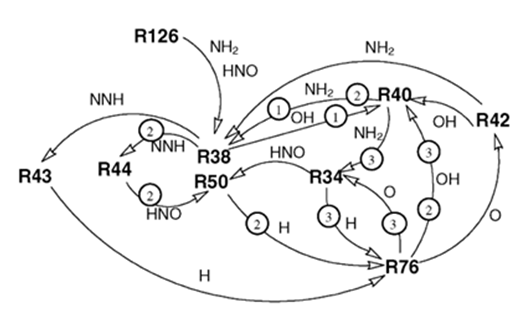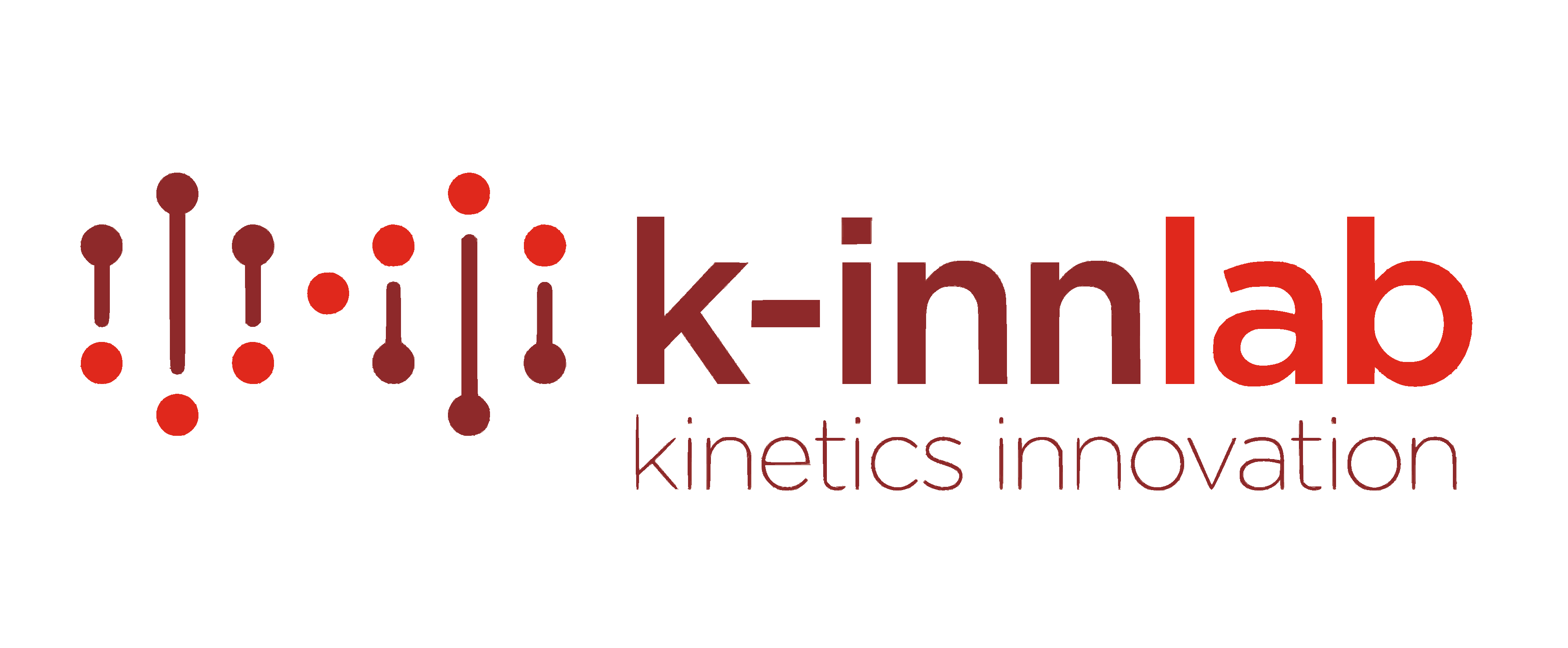
All the experimental campaigns involving catalytic activity measurements are complemented by computations, ranging from kinetics identification based on global reaction rates to simulations of the velocity, temperature and composition distribution in the catalytic reactor, extending to the use of detailed surface mechanisms (micro-kinetics).
The modelling for the combination of gas-liq reactions mediated by a solid catalyst, i.e. H2O2 direct synthesis, becomes more challenging due to the complexity of the hydraulics, particularly with trickle-bed regime. Here, a suitable combination of experimental diagnosis methods and modelling tools becomes strategic.
In reactions involving solids, such as pyrolysis, gasification, rich combustion, torrefaction, or smouldering, the computational studies address the prediction of the overall kinetics through sub-models of the solids, ranging from semi-empirical weight-loss correlation to first-principle surface chemistry description, within a variable solids structure, including porosity modification. The final focus remain the reactor scale, embedding the microscopic sub-models.
For non catalytic gas-phase reactions, the focus is mainly on combustion chemistry simulation, by means of detailed mechanisms involving hundreds of elementary reactions, within the CHEMKIN or Cantera frameworks. Both flames (diffusive and premixed) and pollutants chemistry are addressed. Applications extend to the analysis of the controlling steps in a complex reaction network as well as development of simplified, global reactions rates to be coupled to CFD in complex burner geometry, or under transient operation.




